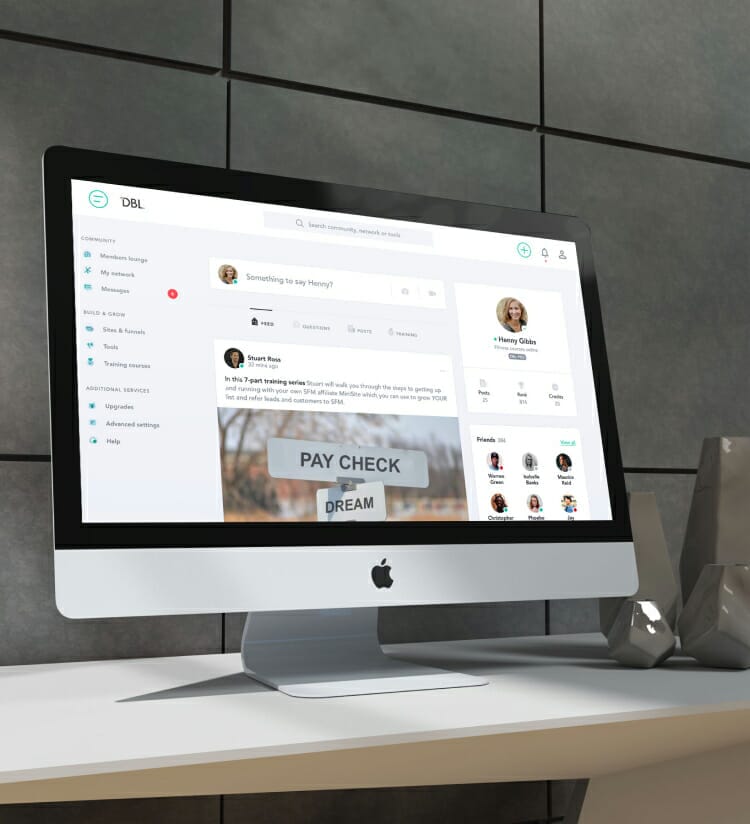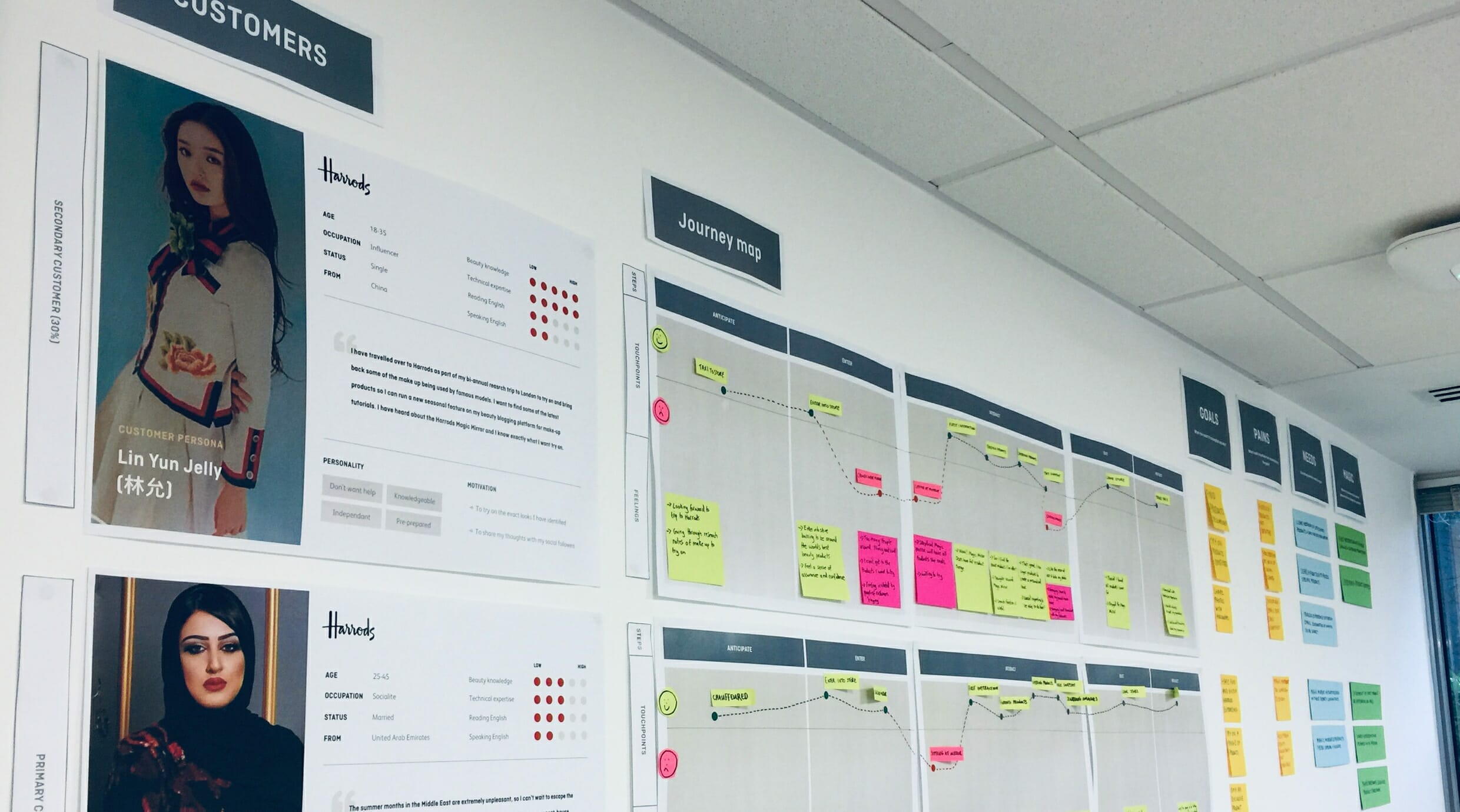Turning behavioural data into product decisions
User behaviour tends to leave a digital trail that we can piece together to form valuable insights. Page views, navigation paths, search queries, form completions, and drop-offs all tell a story if you know where to look. We use data analytics to map these metrics into real, actionable findings.
For example, we might discover that a high number of users are exiting a key page without taking action, or that a specific feature is rarely used. Rather than relying on assumptions or feedback from a vocal minority, we can assess what’s really happening across your entire user base.
Access to these data points allow us to make better informed, evidence-based decisions. This leads to better overall outcomes, smarter use of resources, and clearer alignment between user behaviour and product strategy.






